Muscle Weakness
Muscle Weakness: What Is It?
Muscle weakness refers to a lack of muscle strength, making it difficult to perform tasks that require physical exertion. This condition can be temporary or chronic, and it often affects a person’s ability to engage in daily activities.
There are numerous reasons for it, and they can be categorized as conditions involving actual or imagined muscle weakness. Similar to muscular dystrophy and inflammatory myopathy, severe muscle weakness is the initial symptom of several skeletal muscle disorders. Low potassium and other electrolyte levels inside muscle cells may also contribute to muscular weakness.
If someone has persistent muscle weakness or weakness that exceeds a common explanation or evident cause, it may be a sign of an underlying medical issue.
Generally, voluntary muscular contractions are produced when the brain sends a signal to a muscle via the spinal cord and nerves.
Generally speaking, muscles cannot contract if there is damage or sickness to the brain, neurological system, muscles, or the connections between them. Muscle weakness could result from this.
Fundamental or actual muscular weakening
This is the inability, even on the first attempt, to use the muscle to perform typical activities. No matter how hard the muscle tries, its ability to produce force is reduced. The muscle has diverged from normal and isn’t working properly.
When this weakening occurs, the muscles are frequently less bulky and floppier than usual. It could happen, for instance, following a stroke. It also appears in a disorder known as muscular dystrophy.
These two ailments lead to weaker muscles that cannot support the typical weight. Muscle power has risen dramatically.
Muscle fatigue
Asthenia is another name for this. When using a muscle, you may feel exhausted or worn out. Although it requires more effort to maintain, the muscle remains strong and capable of performing its function.
People who suffer from depression, sleep difficulties, chronic heart, lung, and renal illness, as well as chronic fatigue syndrome, frequently exhibit this kind of weakness. One possible explanation could be a decrease in the muscle’s ability to obtain its energy source quickly.
‘Fatigability’ of muscles
Muscle ‘fatigability’, or the ability of a muscle to tired fast and take longer than usual to recover, is the primary cause of some muscular fatigue. This frequently coexists with muscle fatigue, but it can also be more noticeable in rare disorders including myasthenia gravis and myotonic dystrophy.
Causes of muscle weakness:
Addison’s illness
Chronic fatigue and appetite loss are two symptoms that a person with Addison’s disease may face. This is caused by an individual’s adrenal glands producing inadequate cortisol and aldosterone levels. In addition to muscle weakness, additional common Addison’s disease symptoms include:
- Chronic fatigue
- Weight loss
- Loss of appetite
- Stomach pain
Anaemia
A person with normal hemoglobin levels is called anemia, usually due to an iron shortage. Additional signs of anemia include:
- lightheadedness
- Breathlessness
- Headaches
- chilly hands and feet
- an uneven pulse
Chronic fatigue syndrome
This diagnosis is typically for unexplained exhaustion that a doctor may not associate with a specific medical issue.
People with chronic fatigue syndrome experience extreme exhaustion and difficulty sleeping.
Additional symptoms include soreness, muscle weakness, lightheadedness, and difficulty focusing.
Abnormalities or imbalances in electrolytes
Hyperkalaemic periodic paralysis and hypokalaemia are two examples of electrolyte diseases.
- Sweating, diarrhea, and vomiting all cause fluid loss.
- Chemotherapy
- An inadequate diet
- Antibiotic
- immunosuppressive medication
Diabetes
It might result in nerve damage, which could weaken your muscles. Other signs of muscle weakness that are associated with diabetes include:
- Weakness
- Reduced mobility
- Fatigue
Hypothyroidism
An underactive thyroid, or hypothyroidism, can result in cramping and weakening of the muscles. The symptoms listed above may worsen with regular exercise and physical activity. Additional signs and symptoms include:
- Gaining weight
- Feeling cold
- dry hair and skin
- fatigued
- heavy or irregular menstruation
- a slowing pulse
- Pain in the muscles and joints
- Mood disorders or depression
- issues with fertility
Kidney diseases
Renal dysfunction can lead to the accumulation of metabolic waste products in the muscles, such as creatinine.
Weakness and twitching of the muscles could result from this.
Problems of sleep
Muscle weakness and weariness during the day are common side effects of sleep disorders such as narcolepsy and insomnia.
Muscle weakness can also affect people with medical conditions that force them to stay in bed.
This is the result of not working the muscles regularly.
An individual could also be prone to sleep problems.
Infections
Infections Fever, sore throats, and muscle weakness are among the possible effects of influenza. Certain viral diseases can cause muscle weakness. They consist of:
Influenza:
Influenza (flu) virus can induce fever, sore throat, coughing, and exhaustion in addition to transient muscle weakness.
Lyme disease:
An infected tick bite causes this inflammatory illness.
The symptoms, which can be acute or chronic, include a fever, rash, stiff neck, numbness, weakening of the muscles, and fatigue.
Epstein-Barr virus:
This virus can cause unexplained exhaustion, headaches, skin rashes, and loss of appetite in addition to muscle weakness.
Syphilis:
In addition to headaches, exhaustion, sore throats, and weight loss, this sexually transmitted illness can result in muscle weakness.
Toxoplasmosis:
This parasitic infection causes convulsions, low-grade fever, headaches, and exhaustion.
Meningitis:
In addition to muscle weakness, other possible symptoms include fever, stiff neck, nausea, vomiting, and heightened light sensitivity.
HIV:
HIV in certain cases, leads to gradual muscle weakening, particularly in people who are not treated.
Polio:
Muscle sensitivity and weakness may result from polio myositis.
Additionally, those who have had polio may experience post-polio syndrome, which results in the weakening of the muscles.
Rabies:
Muscle weakness and spasms, as well as headaches, anxiety, disorientation, and seizures, can all be symptoms.
Neurological disorders
Muscle weakness can be a symptom of several neurological system disorders. These illnesses, which are usually chronic, impact how people’s nerves communicate with their muscles. The following are a few examples of neurological disorders that could result in muscle weakness:
Cervical spondylosis:
This condition may be brought on by aging-related alterations to the cervical spinal discs that act as cushions. This causes additional strain on the nerves, which weakens the muscles.
Guillain-Barré syndrome:
Mild to severe muscle weakness can be a symptom of this rare neurological condition.
Botulism:
When exposed to botulinum toxin, this rare disorder develops.
Muscle weakness also increases as a result.
Lambert-Eaton myasthenic syndrome:
The autoimmune disease known as Lambert-Eaton myasthenic syndrome causes muscle weakness by interfering with the nerves and muscles’ ability to communicate with one another.
Myasthenia gravis:
This autoimmune disease results in an attack on the muscles by the immune system, which can impair breathing and mobility.
Amyotrophic lateral sclerosis:
Similar to ALS, amyotrophic lateral sclerosis can result in increasing muscular weakening.
Drugs
Before stopping their medicine, anyone suffering muscle weakness as a side effect should consult their doctor. Some examples of drugs that could result in muscular weakness are:
- Amiodarone (Cordarone)
- Antithyroid medications, like methimazole (Tapazole) or propylthiouracil
- Chemotherapy medications
- Cimetidine (Tagamet)
- Corticosteroids
- Fabric acid derivatives, like gemfibrozil (Lopid)
- Interferon
- Leuprolide acetate (Lupron)
- Nonsteroidal medications for inflammation (NSAIDs)
- Such as Ibuprofen
- Penicillin
- Statins
- Sulfonamide antibiotics
- Muscle weakness can also result from using some illegal drugs, such as cocaine.
Growing Older
This usually begins when an individual reaches the age of forty.
Muscle weakness is sarcopenia’s primary symptom. Additional signs and symptoms include:
- diminished balance,
- diminished stamina,
- slower gait,
- difficulty in climbing stairs
- elevated chance of falling
fatigue
A harm done to any muscle might result in weakness. The severity of them can vary. Resting and applying ice to the injured area can assist if it’s not too serious.
Additional reasons
When diagnosing muscle weakness, a physician may look into alternative possibilities if the patient does not have any of the conditions mentioned above or if they have certain risk factors.
Rare reasons for muscular weakness include:
Dermatomyositis: An inflammatory muscle disease called dermatomyositis can result in weak, tense, and tight muscles.
Polymyositis: This typically results in weakness in the hip, thigh, neck, and shoulder muscles, which are located close to the body’s trunk.
Rheumatoid arthritis, also known as RA, is an ongoing immune-mediated condition that affects the joint lining. Hands and feet are common locations affected.
Sarcoidosis: Inflammatory lung and lymphatic disorder that typically results in inflamed tissue lumps.
Secondary hyperparathyroidism: This disorder frequently results in joint and bone discomfort in the lower limbs.
Becker muscular dystrophy: Males and younger individuals are typically affected with Becker muscular dystrophy, a hereditary condition that causes gradual, fast-moving muscle weakening.
Systemic lupus erythematosus: Usually referred to as lupus, this illness can impact the joints, brain, heart, and lungs, among other parts of the body. One of the most typical signs of a lupus flare-up is muscle weakness.
Though it’s not usually the case, muscle weakness isn’t always a common symptom of these illnesses.
Reasons behind inexplicable muscle weakness:
Stress
- Headaches, shaking, and muscle aches can all be brought on by stress.
- The body finds it more difficult to fight off the illness while under stress.
- Muscle pain occurs when a person is ill and under stress because their body is trying to fight off infection or inflammation.
Stress symptoms include:
- elevated blood pressure
- Headaches
- trembling (shaking)
- chest discomfort
- having breathing difficulties or breathing heavily
- People might attempt to manage their stress by learning how to relax and, when feasible, avoid stressful circumstances.
Deficiencies in nutrition
Because they are not receiving the necessary nutrients from their food, people may experience aches and pains in their muscles.
More precisely, adequate muscle function depends on vitamin D.
Hypocalcemia can occur when there is a lack of vitamin D, which aids in calcium absorption.
Dehydration
Dehydration can cause soreness in the muscles.
The body needs enough fluids to function properly, and dehydration can cause the body to shut down very quickly.
Basic body processes like breathing and digesting become more challenging when dehydrated.
People need to be conscious of how much water they are consuming.
It is recommended to consume 6–8 glasses of water daily.
People will need to drink more if they exercise if the warmer weather makes them perspire more than usual.
Strains and sprains
Sprains, strains, and other conditions can cause muscle soreness and discomfort.
If someone is injured, they may notice that a certain body region feels sore and stiff.
While resting, taking over-the-counter (OTC) painkillers, or applying heat packs can help relieve the symptoms, there are instances when sprains and strains don’t need to be treated.
Make an appointment with a doctor, nevertheless, if the injury is causing substantial discomfort, preventing normal movement, or does not get better over time.
Insufficient sleep
The body may be severely impacted by sleep shortage.
The body needs sleep to rest and repair itself, and not getting enough sleep can cause muscle pain.
People who get poor-quality sleep may also feel slow and sluggish.
It may impair one’s capacity for clear thinking and make it more difficult for them to do everyday duties.
Overindulgence in physical activities
Excessive activity can cause muscles to become tight and sore.
When exercising, the following variables may increase a person’s risk of experiencing muscle aches and pains:
- Being unused to exercise
- Trying a new exercise
- working longer or more intensely than usual
- Failing to warm up or stretch properly
- Infections, diseases, and hereditary conditions
A wide range of medical conditions can cause muscle aches. The following conditions typically impact the affected muscles:
- Anemia
- Arthritis
- Chronic fatigue syndrome
- Claudication
- Dermatomyositis
- Influenza, identified as flu
- Fibromyalgia
- Lupus
- Lyme disease
- multiple sclerosis (MS)
- Pneumonia
- mononucleosis, frequently called mono.
The mechanisms underlying Weakness:
Muscle tiredness can occur in two main ways: one is from within the motor units, which are made up mostly of motor neurons, peripheral nerves, motor endplates, and muscle fibers. The neuromuscular junction or points below it is where alterations that lead to peripheral fatigue occur. The accumulation of catabolites or other compounds released by muscle activity, as well as the depletion of some significant substance(s), may be the reason.
The central nervous system (CNS) experiences central exhaustion, which lowers the neuronal drive to the muscle. It results from an inhibition triggered by nerve impulses from receptors in the tired muscles, most likely chemoreceptors. Inhibition affects motor pathways everywhere, from the brain’s voluntary centers to the motor neurons in the spine. A decrease in the motor impulses that are sent to the muscles is one way that this kind of exhaustion presents itself.
Signs of Muscle Weakness:
A person feels weaker when they are fatigued because their muscles can no longer move with the same energy, and this weakness is often the main symptom.
Additional signs of muscle exhaustion include:
- Soreness
- localized discomfort
- breathing difficulties
- trembling
- twitching of the muscles
- feeble grasp
- cramping of the muscles
The diagnosis for weakened muscles:
A person should schedule an appointment with a primary care physician in the surrounding region if they develop muscle weakness for which there is no common cause.
A question about muscle weakness will be asked of the subject, including the muscles that are afflicted and the duration of the weakness.
The doctor will also inquire about any further symptoms and the family’s past medical history.
Additionally, a physician can verify:
- Reflexes
- Senses
- muscle tone
If necessary, they can arrange one or more tests, such as:
- To view the body’s internal organs, use CT or MRI scans.
- Nerve function is assessed by nerve testing.
- Muscle nerve activity is measured using electromyography (EMG).
- Blood test to look for indications of infection or other illnesses.
What will the doctor do about my muscle weakness?
Initially, a health practitioner must be aware of the following:
- How long has the muscle weakness been there, and what caused it to begin?
- however, conditions are getting better, becoming worse, or staying the same.
- If there are additional symptoms, such as weight loss, or if you’ve just traveled overseas.
- What medications or other substances have been taken, and is there a family history of muscular issues?
The source of your weakness can be ascertained with the help of your family history, medication use, weakness pattern and intensity, and related symptoms.
It is going to examine whether the muscles are especially ‘fatigable’ or tender to the touch, which indicates that they are inflamed.
Testing of the central nervous system, encompassing balance, walking, and coordination, may be necessary for a physician. To check for anomalies in blood cells, hormones, and salts, they might need to schedule blood tests.
A general practitioner may also recommend that a specialist consider additional testing, such as the following, based on the findings of these tests:
- studies on nerves to ensure optimal nerve function.
- a muscle biopsy to check for injury or inflammation in the muscles themselves. A biopsy is a procedure in which a small sample is taken for microscopic inspection.
- CT or MRI scans to check for abnormalities elsewhere in the body that could impact the strength and function of the muscles.
Treatment for weakened muscles:
After diagnosing the cause of the muscular weakness, the doctor will propose the best course of treatment.
The degree of the symptoms and the underlying cause of the muscle weakness will dictate the course of treatment.
Physical therapy
- If a patient has diseases like MS or ALS, physical therapists may record exercises to improve the patient’s quality of life.
- For example, a physical therapist could suggest progressive resistive training to help someone with MS strengthen muscles that have weakened from inactivity.
- For those with ALS, a physical therapist could suggest stretching and range-of-motion exercises to avoid muscle rigidity.
Chest press:

- Make use of bench-mounted free weights.
- Lying flat on the court, begin by grabbing a pair of dumbbells and pushing them up toward the ceiling in a horizontal motion.
Chest fly variation:
- Utilize weights that are supported by a work surface.
- Lift the weights to the sky, spread your arms so they are level with the bench, and bring the weights to your front chest while giving each other a warm, bent-elbow hug.
Hammer curls and bicep curls:
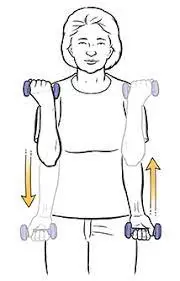
- Step forward and face a mirror.
- Hold a dumbbell in both hands.
- To curl the arm, raise the weights slightly but do not raise them all the way.
Hammer curls:
- Lift weights vertically and raise your arms to perform hammer curls.
Triceps kickbacks and overhead extensions:
- A weight bench should be used to support one knee.
- With one free weight in each hand, stoop over.
- Bring your arm and put it out to the side.
- Lift the weight and kick it back to extend your arm while maintaining its lift.
- Change positions.
- Bring one bigger weight to utilize with two arms for overhead extensions.
- This might be two times as much weight as someone would use on one arm.
- Sitting on a bench, raise both arms over the weight.
- Then straighten your arms.
Bent-over rows:
- Make use of the bench’s free weights.
- Place one leg on it and pick up a weight that can be moved to one side.
- Return your body weight to the opposite direction as you row.
- Switch sides.
Sled Pushes
- These might not be defeated if people are pressed for time and need a workout for the ages.
- The upper and lower body are worked, and countless metabolic benefits from pushing and dragging the prowler along turns or even hard pavement will keep someone burning fat all week long.
- Sled exercises performed as a last step in any workout or by themselves will yield positive results.
Kettlebell Swings
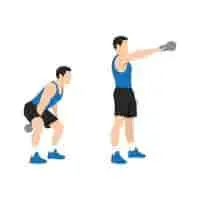
- Swings are an excellent way to begin training for speed and power because they work the hamstrings and glutes, two muscles that are especially rich in fast-twitch muscle fibers.
Yet this isn’t merely a lower-body exercise. - Mastering the kettlebell swing requires engaging the rhomboids and lats. The core needs to be extremely rigid and powerful throughout the exercise.
Face Pull

- It seems easy enough to set up a pair of cords on a pulley (or bands around a post) and pull to the face.
- This movement is crucial because of its benefit to the intrinsic postural muscles.
- Furthermore, it’s easy to incorporate into a workout or utilize it as a prehab or warm-up tool.
- The advantages and burn of high repetition sets will be felt.
Farmer’s Walks
- Grip strength, trap development, body composition, and loaded carry will be valuable for training.
- Because farmer’s walks have the simplest directions, people choose them.
- Take hold of the heaviest dumbbells you can handle with both hands and move quickly while maintaining proper form until you can’t.
- After the workout, throw them in for ten to fifteen minutes.
Lowe limb exercise
Straight Leg Lift:
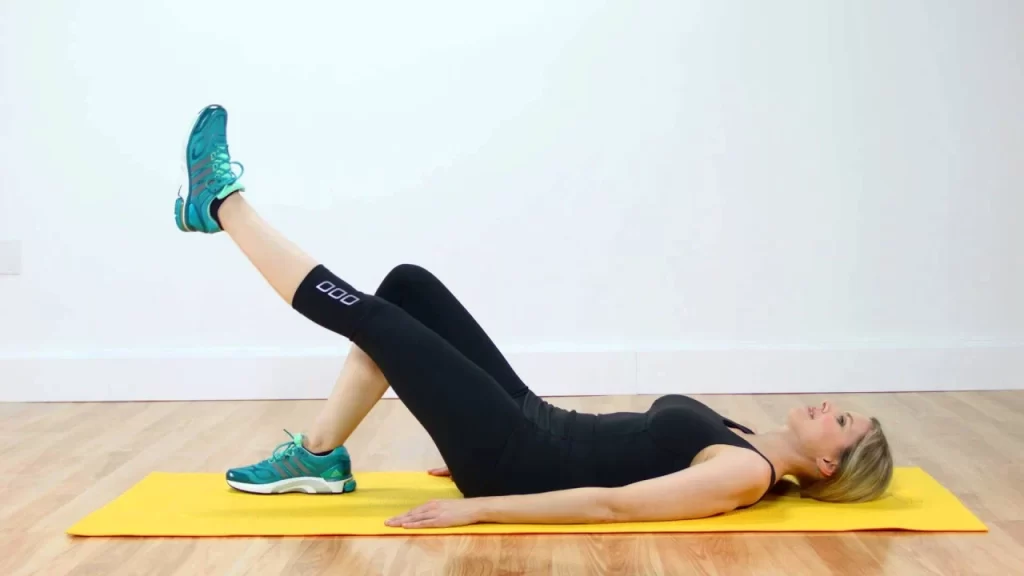
- start with lying on your back and lifting one leg straight.
- Hold for ten seconds, then slowly release.
- After three repetitions, switch the leg.
Prone Hip Extension:
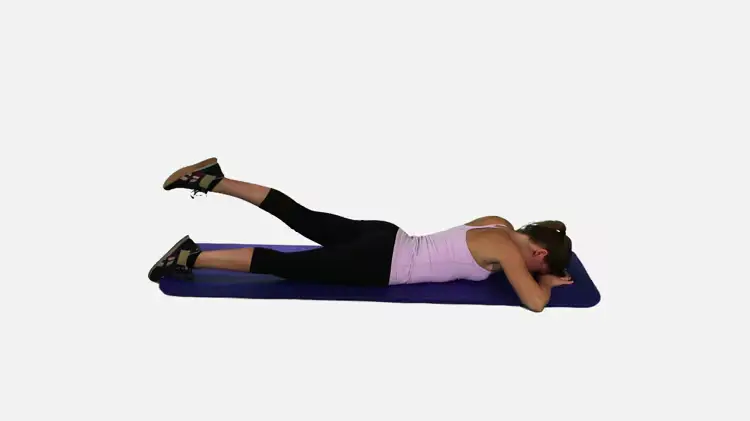
- straightening your legs and lying on your stomach. Then, raise one leg 10–20 cm off the ground.
- After ten seconds of holding, carefully lower it back.
- Repeat three times on the opposing side.
Side-lying hip abduction;
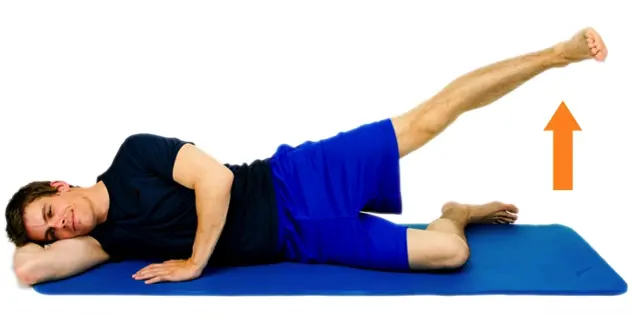
- To begin, have the person lie on their side. For balance, the person may bend their lower leg slightly.
- Raise the upper leg 10 to 20 centimeters, ensuring the toes and knee are pointed forward and the knee is straight.
- After ten seconds of holding, carefully lower it back.
- After three repetitions, switch the leg.
Inner Range Quads:
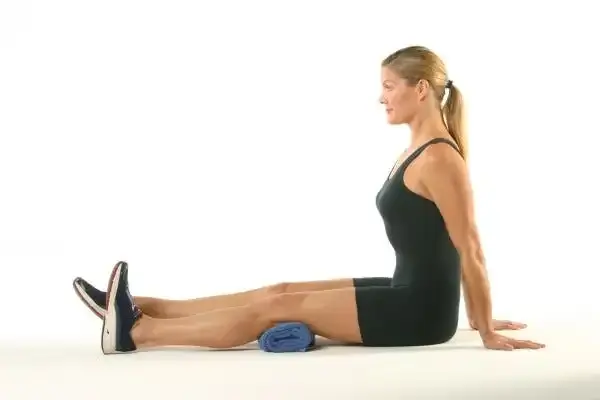
- To begin, lie on your back and lay a rolled-up towel or pillow beneath your knee.
- Pull the heel off the bed, then push the knee into the towel to straighten it.
- Approximately ten seconds later, after holding it, carefully remove it.
- After three repetitions, switch the leg.
Sitting Knee Extension:
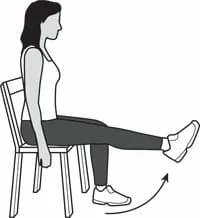
- To begin with, recline in a chair.
- A single limb should be carefully elevated until it is completely straight.
- Hold for ten seconds, then slowly release.
- After ten repetitions, switch the leg.
Heel Lifts:
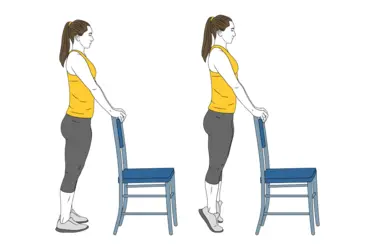
- Rise slowly to your tiptoes, hold it there for ten seconds, and descend slowly.
- If necessary, someone can hold on for support.
- Do this five to ten times.
Step Ups:
- One foot at a time, reach the step and then descend it.
- Ten times over, repeat.
Bridging:
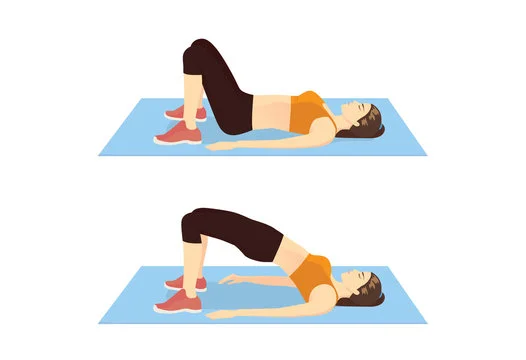
- Start with a backrest on the floor with your knee 90-degree bent.
- lift the body towards the ceiling.
- Hold for ten seconds.
- Five times over, repeat.
Squats:
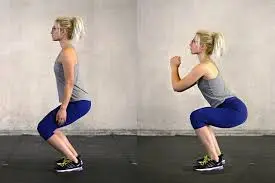
- Start with knee bands.
- Make sure your knees and toes are pointed moving forward.
- Hold for ten seconds.
- Do this three times.
Sit to Stand:
- Try utilizing your arms-free transition from sitting to standing on a low bench or step.
- Five times over, repeat.
Marching in sitting:
- Lean back in your chair.
- Alternately, gently elevate each leg in a little squat. Holding onto a support, stand.
- While squatting, let your pelvis softly revert rearward.
- Return to the beginning posture in a controlled manner by straightening your hips and knees.
Exercises for the back muscles:
Back stretches
Supine Hamstring Stretch:
- both knees bent in a lying position.
- Wrap your foot in a towel.
- slowly raise one leg until the back of the leg feels stretched.
- Keep it for 30 seconds.
- Returning to the initial location.
- On both sides, repeat five times.
Knee to Chest:
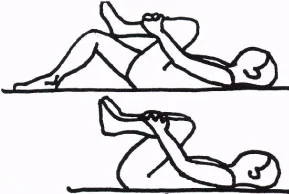
- flexes both knees, beginning on your back.
- Hold one leg behind you
- Gently raise it to your chest.
- After 30 seconds of holding, return to the starting position.
- On both sides, repeat five times.
- Three times a day, do this.
Piriformis Stretch
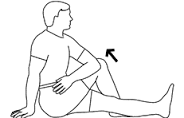
- Get started with bending both knees when lying on one’s back.
- generate one knee around an additional shoulder.
- Retain the back straight; do not bend.
- Take back into your commencing posture after 30 seconds of maintaining.
- On each side, repeat five times.
- Five times a day, do this.
Prone Quadriceps Stretch:
- Place yourself on your stomach.
- When the person feels a stretch at the front of their thigh, place a rope, sheet, or belt around one foot and draw the heel toward the buttock.
- Afterward, come back to the starting position.
- On each side, repeat three times. Perform this exercise twice a day.
Calf stretch:
- Place yourself facing a wall.
- Maintain a straight rear leg, with the foot pointed forward and the heel on the ground.
- Stretch your calf by consciously extending your front knee and pressing against the wall.
- Throughout the entire stretch, the back heel must remain on the floor.
- Keep it for 20 seconds. Return to the starting point.
- On each side, repeat three times.
- Do this twice a day.
Exercises: Strengthening of the Back
Transverse Abdominal Contraction:
- Begin by reclining on your back, with both feet flat and knees bent.
- Pulling the belly button toward the spine will help you tighten your abdominal muscles.
- After 20 seconds, release tension and unwind.
- Do this fifteen times.
- Three times a day, do this.
Squeezing the glutes:
- bending both knees while lying on your back, then squeeze your buttocks together.
- After 15 seconds, release tension and unwind.
- Do this fifteen times.
- Three times a day, do this.
Transverse Abdominal March:
- position yourself on your back, knees bent.
- Pull the belly button towards the spine to tense the abdominal muscles.
- March lightly, lifting one leg off the ground before moving to the other.
- After you’ve completed this exercise, continue pushing the belly button toward the spine.
- On both sides, repeat 15 times.
- Three times a day, do this.
Wall Squats:
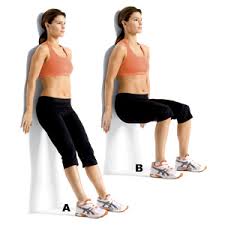
- Make yourself stand between one and two feet away from the wall, keeping your back against it.
- maintaining your feet shoulder-width apart
- Gradually Lower Your Body
- Hold for a few seconds
- Five times repeat.
- Do it twice a day.
Occupational therapy:
Upper body strengthening activities are advised by occupational therapists.
They could also recommend equipment and assistive technology to help with regular workout routines.
Occupational therapy can be extremely helpful during the stroke healing period.
Exercise recommendations from therapists can aid improve motor skills and highlight areas of weakness on one side of the body.
Medication:
Ibuprofen and acetaminophen, two over-the-counter (OTC) pain medications, can help control pain associated with diseases like:
- peripheral neuropathy
- CFS
- Pain
- Hypothyroidism is treated with thyroid hormone.
- Administering synthetic thyroid hormones such as levothyroxine (Levoxyl, Synthroid) is the usual course of treatment.
Dietary modifications
- Correcting electrolyte imbalances may involve dietary changes.
- Depending on the patient’s demands, a doctor may also advise taking supplements such as calcium, magnesium oxide, or potassium oxide.
Surgery
- Certain disorders, such as hyperthyroidism or a herniated disc, can be treated with surgery.
Summary
Muscle weakness can have a variety of causes. These processes can be categorized as common, rare, severe, mild, transitory, or permanent. Thankfully, the majority of muscle weakness situations that don’t have a clear reason can be treated. Muscle weakness is not usually the only indication of a serious underlying illness.
Seeking medical advice is recommended if muscle weakness persists for more than a few weeks, particularly if it is severe, localized, painful, or unrelated.
FAQs
What condition is muscle weakness a sign of?
Muscle weakness is typically caused by pregnancy, aging, injury to the muscles, and inactivity. Long-term illnesses like diabetes or heart disease may also cause it. Numerous more conditions include fibromyalgia, depression, multiple sclerosis, stroke, and chronic fatigue syndrome (ME).
What is the blood test for weak muscles?
A blood test is used by doctors to look for elevated amounts of creatine kinase, which is released into the bloodstream as muscle fibers degenerate. Elevated levels may indicate the presence of an inflammatory myopathy.
What signs of weakness does the body exhibit?
Asthenia, which is another word for weakness, is the sensation of being worn out or exhausted. A weak person may find it difficult to move a certain bodily component correctly. Asthenia can also lead to mental exhaustion and a lack of energy to move any or all of the body’s parts.
Who makes muscle disease diagnoses?
A patient will be sent to a neurologist, who specializes in nerve problems, by their primary care physician for a diagnosis of muscle disease or neuromuscular disease.
Can one treat illnesses of the muscles?
Although there is no known cure for muscular dystrophy, treatment for some forms of the condition may help a patient live longer while also improving mobility and lung and heart muscle strength. The majority of muscle-related diseases are manageable with exercise and medicine.
How can weak muscles be strengthened?
lifting weights.
working with resistance bands.
heavy gardening, such as digging and shoveling.
climbing stairs.
hill walking.
cycling.
dance.
push-ups, sit-ups, and squats.
Does physiotherapy address weak muscles?
With the use of physiotherapy, you can safely and progressively strengthen your muscles to improve your ability to stand, walk, and roll over in bed.
Does muscle weakness always exist?
Muscle weakness can have a variety of causes. Thankfully, the majority of muscle weakness situations that don’t have a clear reason can be treated.
Which fruit suits weakness the best?
When the body is yearning for something sweet, berries—such as blueberries, raspberries, and blackberries—may be an excellent snack to enhance energy.
References
- Jones, J. (2023, March 13). Why Do My Muscles Feel Weak? Healthline. https://www.healthline.com/health/muscle-weakness#emergency-symptoms
- Crna, R. N. M. (2024, July 18). What causes muscle weakness? https://www.medicalnewstoday.com/articles/325876#summary
- Muscle weakness. (2024, June 11). https://patient.info/signs-symptoms/tiredness-fatigue/muscle-weakness
- Patel, D. (2023c, December 13). Muscle Weakness – Cause, Related Disorder, Treatment – Mobile. Mobile Physiotherapy Clinic. https://mobilephysiotherapyclinic.in/muscle-weakness/
- Thakkar, D. (2023, February 22). Muscle weakness Cause, Diagnosis, Treatment – Samarpan Physio. Samarpan Physiotherapy Clinic. https://samarpanphysioclinic.com/muscle-weakness/


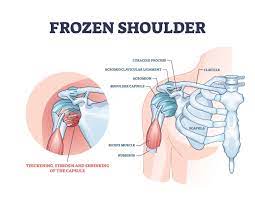


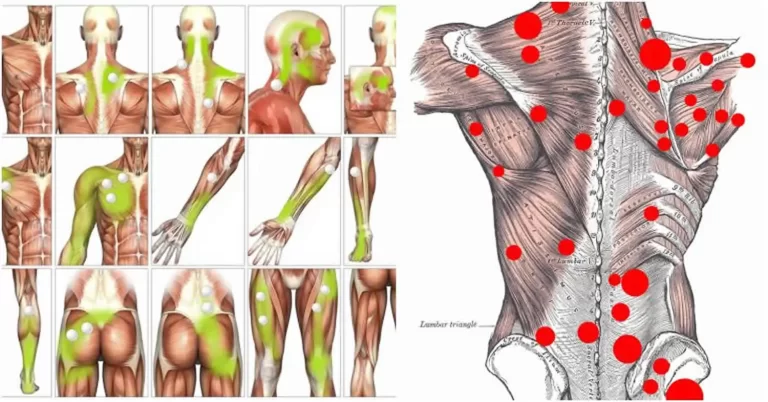

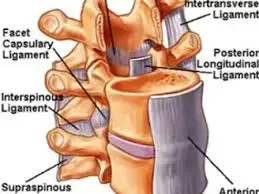
14 Comments